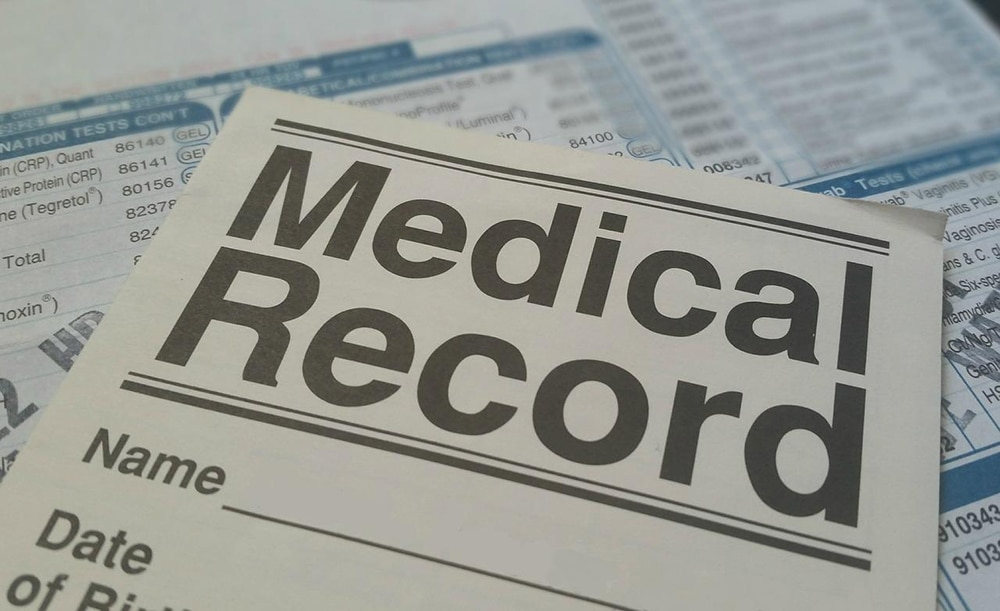What Documents Should You Bring to Your Personal Injury Consultation?
The personal injury field is an area of the law that allows individuals who were hurt due to someone else’s negligence (the plaintiff) to hold the party who caused the injuries (the defendant) liable for their actions. Examples of personal injury incidents include plane crash, motor vehicle accidents, motorcycle crash, pharmaceutical injuries, slip and falls, dog bite, product liability, medical malpractice, and any other injury that may leave you hurt.
Unless you’re incredibly unlucky, it’s unlikely that these different incidents affect you regularly. The irregularity of these events is a good thing. However, their infrequency makes it challenging to know what to do when they occur.
At the beginning of this article, we’ll review the steps you should take following your incident, such as consulting with a personal injury lawyer. We’ll also go over what documents you should bring to your personal injury consultation.
Steps You Should Take Following a Personal Injury Incident
There are various steps that you should take after someone else injures you. While there are some variations depending on the nature of your accident, there are some commonalities that exist too.
A checklist of things you should do following an injury accident include:
Report the Incident
If we’re talking about a car accident, you would report it to the police. You may report a medical malpractice incident to the hospital where it occurred. You may also put a product manufacturer on notice if something they produced injured you. In the case of an auto accident, you may also need to report it to an insurance company.
It’s imperative that you only treat reporting an incident as creating a record of what happened. You should just provide the person you report the information to with facts. You should avoid engaging in speculative conversations about fault. Leave that to your attorney to sort out.
Get the Names and Statements of Any Witnesses
Two examples of witnesses in personal injury cases can be medical team members (even doulas or midwives you’ve personally hired) and pedestrians walking down the street when an accident occurred. These individuals may have noticed something before, during, or immediately following your incident. Their statements can be critical in proving liability in your case.
While it’s difficult for you to determine if there were witnesses if a Chicago auto accident, for example, rendered you unconscious, perhaps your passenger didn’t experience the same adverse outcome and can attest to everything that happened as a witness.
Sometimes police reports will include a witness section on them. It’s imperative to follow up with those witnesses to get their statements about what happened. Also, surgical records, for example, may include the names of individuals who were in the operating room when surgery was being performed. Some of the nursing staff or others may have valuable insight to convey about how a medical error occurred. This information could be critical in proving a physician’s negligence.
Take Photographs
If you’re wondering what documents you should bring to your personal injury consultation, you’ll definitely want to consider pictures. Photographs often tell stories that memories or words can’t. Pictures in personal injury cases may depict any number of situations depending on the incident, including:
- An accident scene
- Slippery or damaged flooring
- A pothole
- Vehicle damage
- Injuries
- Pills administered
- Patient monitoring equipment
Photographs aren’t the only type of visual material that you may use to memorialize what occurred. Taking video footage may also prove valuable. While you might not think that a video of what was happening before an accident shows anything important, someone with a trained eye may see something different. Photographs can similarly tell a story.
Seek Medical Care
Although it may seem obvious, another important step you can take after getting hurt or falling ill is to seek medical attention, when necessary. While that may be a no-brainer for someone who has a gaping wound, broken bone, or can’t move their limbs because they’ve suffered a spinal cord injury, it’s not for others.
Delaying medical care amounts to taking a chance with your life. Even if your medical ailment doesn’t result in your death, it can significantly affect the quality of your life if left unaddressed.
Preserve Physical Evidence
If your injury resulted from a defective product, for example, then you should avoid throwing it away. Instead, you should preserve it (even if it’s in pieces) as potential evidence that may need to be presented in court if necessary.
What Documents Should You Take to a Meeting with a Personal Injury Attorney?
Many individuals who suffer adverse outcomes in a personal injury incident opt to discuss their cases for one of two reasons:
- They feel overwhelmed juggling having to deal with an insurance adjuster’s (or another responsible party’s) calls and medical treatment on top of their pre-existing life obligations
- They have sought getting the negligent parties’ accountability by going through the proper channels on their own with little success
When you schedule a consultation with our Krzak Rundio Gorman, Injury Attorneys attorneys, some of the documents we may ask you to bring, as hinted at above, include:
- Police or incident reports
- Photographic or video evidence
- Medical records
- Any incident-related bills and receipts
- Witness names, contact information, and any statements they might have already provided
- Paystubs (if you missed work because of your injuries)
- Insurance information, including any details about coverage and limits (for you and the party who struck you or on the property where you got hurt, for example)
- Vehicle repair documents
It’s also important to bring any information that establishes a timeline. This may be useful in substantiating your location or documenting weather patterns, if applicable, at the time of your incident.
What Support Does an Attorney Provide in a Personal Injury Case?
Now that you know about some of the most important information to compile following a personal injury incident, you may be wondering why you need an attorney to be involved. It comes down to proving liability and maximizing the damages. While you might think that the documents or images you’ve compiled adequately support your story of negligence, they may not in an insurance adjuster’s eyes—or they’ll lead you to believe that it doesn’t.
Attorneys are skilled at taking the information you’ve compiled and telling a story and highlighting your costs while leaving very few openings for insurers to make excuses to deny your claim. Also, personal injury attorneys like ours at Krzak Rundio Gorman, Injury Attorneys are skilled negotiators. They know when to push back and negotiate so that you ultimately receive maximum compensation and a fair settlement in your case.
Your focus should be on recovery in the aftermath of your accident. Leave the dealing with unrelenting calls and letters from insurance adjusters and others regarding your accident to your lawyer and focus on getting better. You can contact us now to tell us more about your case and learn more about what documents you should bring to your personal injury consultation.











